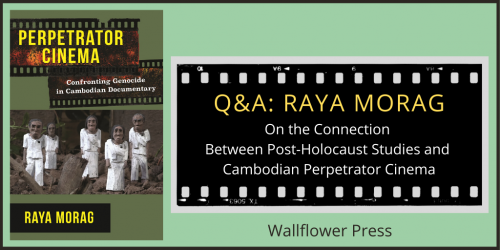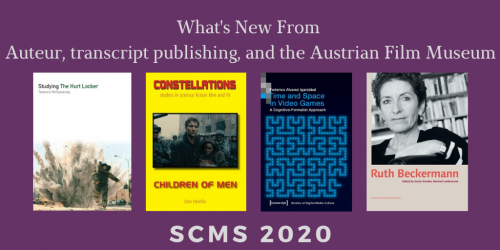Hiroshima After Iraq — Rosalyn Deutsche on Political Art
In Hiroshima After Iraq: Three Studies in Art and War, Rosalyn Deutsche begins by citing a 2008 article in October that polled a group of “art world intellectuals” about artistic critiques of about the U.S. invasion and occupation of Iraq. What emerged, she writes, “was a thinly disguised decline-and-fall jeremiad about opposition to war in which current antiwar activity appeared in an unfavorable light by contrast with that of the 1960s and seventies.”
In her introduction, Deutsche describes and critiques the responses in the October survey. Deutsche writes:
In my response to October’s survey, I argued that regression to heroic masculinism in the current situation of war isn’t confined to pro-war forces but extends to sectors of the left opposition, sectors that I have now identified as impatient and melancholic. Antiwar cultural criticism, that is, often uses the urgency of the Iraq and Afghanistan wars to legitimize a return to a totalizing political analysis, and this return has a narcissistic dimension, not only because it idealizes an earlier political moment with which the left melancholic identifies himself but also because … this analysis once formed the basis of leftist self-love…. Predictably, then, today’s impatient criticism is impatient not only with the poetic or artistic … but also with feminist interrogations of the meaning of the political. For it was feminism, particularly psychoanalytic feminism, now often treated as a feminized luxury we can no longer afford, that explored the role played by totalizing images in producing and maintaining heroic, which is to say, warlike subjects.
In the book, Deutsche examines three contemporary videos that do critique the war in Iraq, and in which the thematic content of each “is an act of war: the dropping of the atomic bomb on Hiroshima on August 6, 1945. One video—Krzysztof Wodiczko’s Hiroshima Projection of 1999—was made after the first Gulf War; the other two—Silvia Kolbowski’s After Hiroshima mon amour of 2005–2008 and Leslie Thornton’s Let Me Count the Ways —appeared after the U.S. invasion of Iraq and the launching of the ‘war on terror…. Each engages a Benjaminian type of memory that creates a constellation between past and present, in this case, past and present wars.”
For more information on the videos there is an interview with Krzysztof Wodiczko about Hiroshima Projection and information on Leslie Thornton’s Let Me Count the Ways.
And, below is a clip from Silvia Kolbowski’s After Hiroshima mon amour and you watch the full video here:






1 Response